What Features Make Laboratory Jaw Crushers Stand Out?
When it comes to preparing samples for material analysis, precision, reliability, and ease of use1 are non-negotiables. Laboratory jaw crushers meet these demands head-on. Built for controlled, small-scale crushing, they offer several standout features that make them indispensable across geotechnical, metallurgical, mining, and materials science laboratories2. Let’s explore what sets them apart.
Adjustable Crushing Settings for Versatile Applications
A key advantage of laboratory jaw crushers is their highly adjustable output settings3. Whether you’re working with soft clay or hard granite, you can fine-tune the jaw spacing to meet your exact testing requirements.
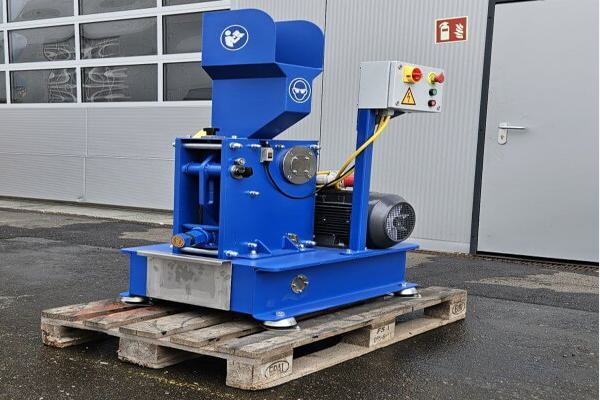
Why It Matters:
- Supports wide particle size range (typically 0.5 mm to 20 mm)
- Enables customization based on test standards or material types
- Allows quick adjustments between tests for different materials
| Application Type | Desired Output Size | Adjustment Use Case |
|---|---|---|
| Soil classification | 2–4 mm | Standard ASTM sieving requirements |
| Ore assay preparation | <1 mm | Ensures consistent chemical analysis |
| Metallurgical samples | 5–10 mm | Prepares feed for secondary crushing |
This versatility ensures that one jaw crusher can handle a broad spectrum of sample types without additional equipment.
Robust Construction for Durability and Longevity
Laboratory equipment sees heavy use, and crushers are no exception. Jaw crushers are built with robust frames and wear-resistant components4 to ensure long-term performance under demanding conditions.
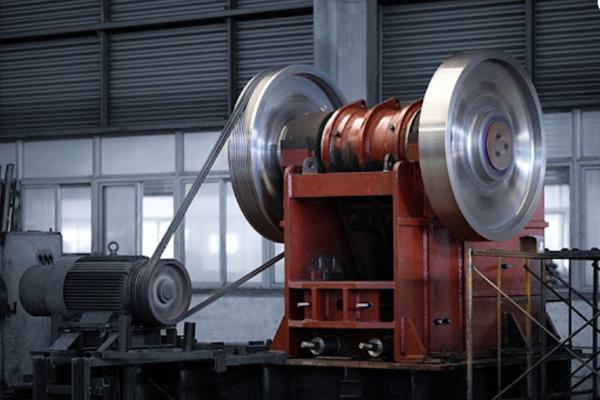
What to Expect:
- Heavy-duty steel housings resist vibrations and mechanical stress
- Hardened jaw plates (steel, tungsten carbide, or ceramic) withstand abrasive materials
- Internal parts designed for long wear life, even under continuous use
| Component | Durability Feature |
|---|---|
| Frame | Cast iron or steel-reinforced |
| Jaw plates | Replaceable, hardened surfaces |
| Bearings & shafts | Lubricated and sealed |
In labs with high sample throughput, this rugged build translates to reduced downtime and lower maintenance costs.
Safety-Oriented Design Elements in Modern Crushers
Laboratory environments prioritize safety, and modern jaw crushers are engineered with built-in features that protect operators5 while maintaining functionality.

Key Safety Features:
- Protective enclosures and covers to prevent access to moving parts
- Emergency stop buttons and overload protection
- Dust-tight housings or connection ports for extraction systems
| Risk Factor | Preventive Design Feature |
|---|---|
| Pinch/crush hazard | Safety interlocks and guards |
| Airborne particles | Enclosed chamber, dust outlet port |
| Overload/breakdown | Torque limiters and cutoff switches |
These features are especially critical in university, environmental, and clean-room settings, where safety compliance is essential.
User-Friendly Operation and Maintenance Features
Good lab tools are efficient, intuitive, and easy to maintain—and jaw crushers are no different. Designed for daily use, most models incorporate features that reduce learning curves and cleanup time.

Ease of Use Highlights:
- Tool-free jaw gap adjustments on many models
- Quick-release trays or drawers for collecting crushed samples
- Smooth, accessible surfaces for easy cleaning between tests
| User Task | Design Feature That Helps |
|---|---|
| Adjusting settings | Handwheel or sliding scale dial |
| Collecting output | Built-in drawer or chute |
| Cleaning between runs | Removable hoppers and smooth walls |
These intuitive features help lab teams save time, improve test turnaround, and reduce the risk of cross-contamination.
Conclusion
Laboratory jaw crushers stand out not just for their crushing power, but for their versatility, ruggedness, safety, and user-centered design6. With adjustable settings7, durable components8, built-in safety, and simple operation, these crushers are tailored for the rigors of modern labs. If your work involves turning tough materials into test-ready samples, a quality lab jaw crusher is a tool you can count on—day in and day out.
-
Understanding these benefits can enhance your knowledge of laboratory equipment and improve your material analysis processes. ↩
-
Discovering the applications can provide insights into how different fields utilize laboratory equipment effectively. ↩
-
Understanding the benefits of adjustable output settings can help you optimize your material processing and testing efficiency. ↩
-
Understanding the advantages of these features can help you choose the right equipment for durability and efficiency. ↩
-
Understanding the safety features of jaw crushers can help ensure a safer working environment for operators and improve overall operational efficiency. ↩
-
Understanding these features can help you choose the right lab jaw crusher for your needs, ensuring efficiency and safety in your work. ↩
-
Exploring this topic will reveal how adjustable settings enhance the functionality and adaptability of lab jaw crushers for various materials. ↩
-
Learning about the significance of durable components can guide you in selecting a lab jaw crusher that offers longevity and reliability in demanding environments. ↩

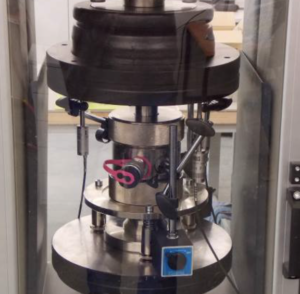
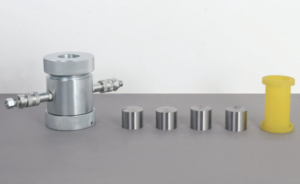
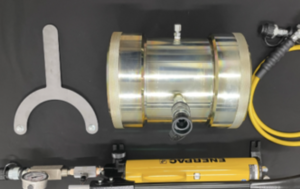
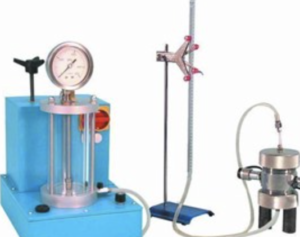
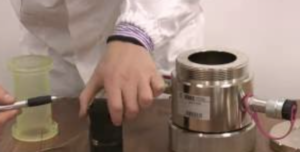


One Response